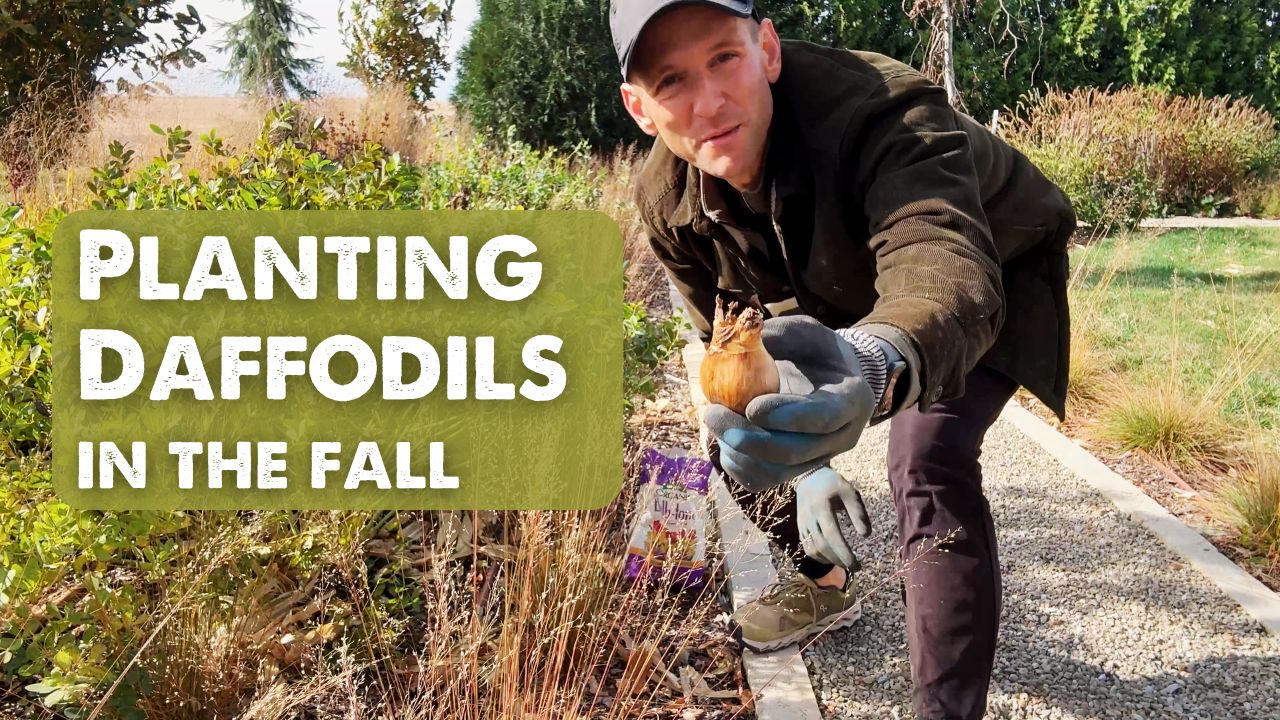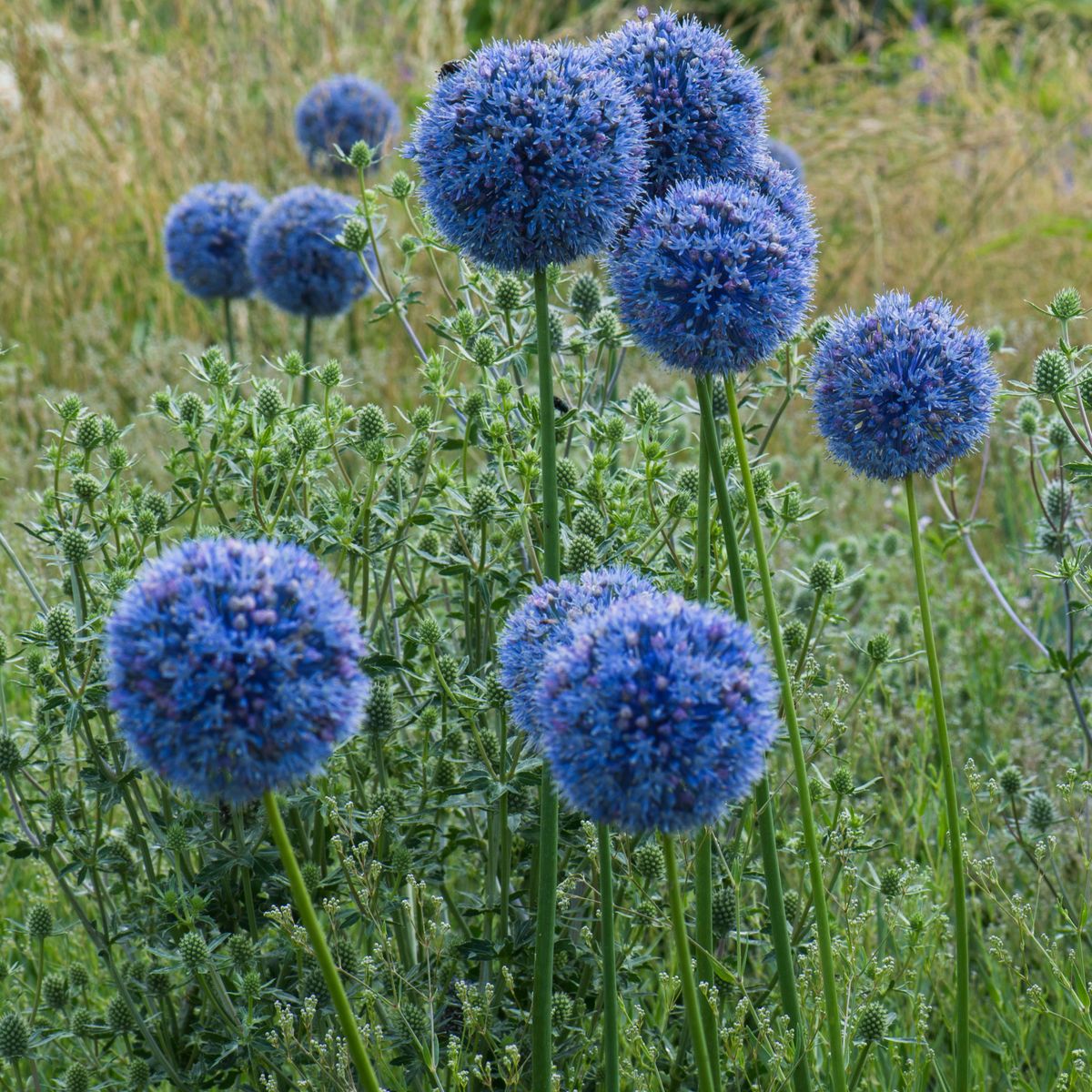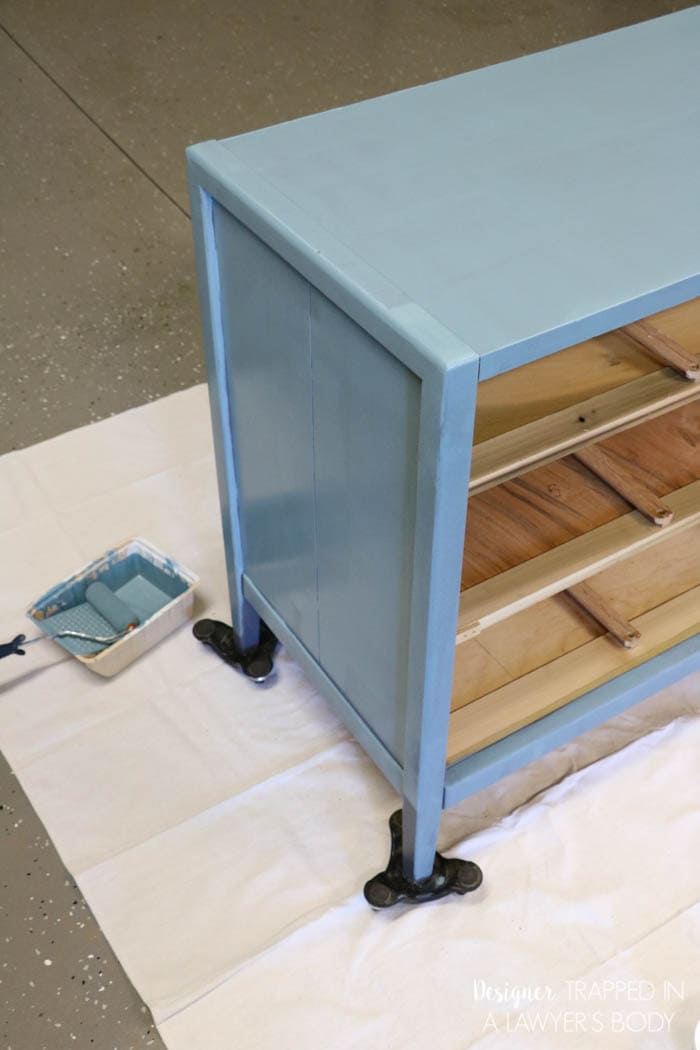Kurapia ground cover is an interesting plant. Known as either Lippia nodiflora L. ‘Kurapia’ or Phyla nodiflora, its origins are in Japan where it’s a common evergreen ground cover. However, kurapia ground cover performs extremely well in drought-stricken areas of the United States as well as in areas where it gets ample amounts of water and does not suffer from over-irrigation, making it a surprisingly good choice for a lawn alternative. The biggest drawback of kurapia is that it’s not frost-hardy and will die back during frosts and freezes, but it’ll come back in the spring if it was well established.
The main variety of Kurapia being used for ground covers is patented, so its availability is currently somewhat limited. However, it is quickly gaining popularity as it is quite low maintenance and needs less water than cool and warm-season turfgrasses. Kurapia is common in California and is starting to make inroads into Arizona and Texas as a drought-tolerant ground cover that can tolerate light foot traffic, too. Kurapia is generally sold as either a whole plug that would be planted every 18 inches or as Kurapia sod.
Kurapia sod or Kurapia plugs will grow quickly and make short work of filling in any gaps within a few months. Keep the newly planted plug well watered with adequate aeration until it is established and active shoot growth is present. It will reward you with the benefits of erosion control, water conservation, and weed suppression. Kurapia ground cover makes an excellent lawn replacement that has a high level of disease resistance and tolerates many soil types and growing conditions.
Quick Care Guide

| Common Name | Kurapia |
| Scientific Name | Lippia nodiflora L. Kurapia or Phyla nodiflora |
| Family | Verbenaceae |
| Height & Spread | 3” height and up to 6’ spread |
| Light | Full sunlight, can tolerate part shade |
| Soil | Sandy soil, sandy loam |
| Water | Regular, deep, weekly watering |
| Pests & Diseases | Fungal diseases, leaf chewing insects |
All About Kurapia

Kurapia, Phyla nodiflora or Lippia nodiflora L. “Kurapia” is also known as frog fruit, saw tooth fog fruit, or turkey tangle. This ground cover plant is a perennial in most places, although it is not frost-hardy and will die back in zones where the temperatures drop below 38 degrees in the winter. If Kurapia is well established then it can recover in the spring after dying back in the winter. It is an evergreen in zones without a hard frost. It resembles clover and has a similar growth habit including small white flowers. Kurapia was developed in Japan and has since gained traction in the United States as an attractive option for lawn replacement that can also assist in weed control. Recently it was endorsed by New Leaf Landscape in California.
Kurapia has a very deep root system that can reach down 5-10 feet below the soil surface. The sturdy structure of the root system is what makes Kurapia particularly adept at providing soil erosion control. It can also easily be grown on slopes and tolerate windy conditions. Since this variety is sterile this means that it does not produce seed and therefore these plants are commonly purchased at nurseries – like Kurapia Inc – which provide kurapia plugs. Extensive research is being conducted at UC Davis via irrigation trials regarding its drought tolerance.
Care

Kurapia is quickly becoming the leading turf and groundcover alternative with minimal maintenance required. Read on to learn about its needs to include it in future projects for ground cover and weed control.
Sun and Temperature
Kurapia sod prefers full sun although it can tolerate part shade. In part shade, it may not grow as densely and may not produce flowers. 6-8 hours of direct sunlight per day is required for optimal growth. Kurapia is considered one of the cool-season turfgrasses that is cold-hardy because it can tolerate temperatures down to 45 degrees. It will stay evergreen in areas where temperatures stay above 38 degrees like in zones 7b and higher. As with most evergreens, it will remain green at 45 degrees but will enter dormancy. It is not frost-hardy and will die back once temperatures reach below 38 degrees, but if it is well established it will return in the spring.
Water and Humidity
Kurapia sod is gaining popularity in dry areas like California, Arizona, and Texas because of its ability to use less water than comparable ground covers. Irrigation system trials have been conducted to test the drought tolerance of kurapia sod. In these trials, during dry periods, the examiner will withhold water for weeks at a time in order to test how long this plant can go without water and still recover to its full health. In these tests, it will die back and turn brown, appearing almost completely dried out and dead. Once irrigation is reintroduced on a regular schedule, then it will spring back to life! Kurapia leaves store water in their vascular tissue which allows them to hold onto water reserves longer than grass. Because of this, it is also a good choice for areas where water conservation efforts place limits on daily water.
You may not want to purposely stress your plants in this manner, but it’s good to know that if you forget to water them every once in a while that they won’t die on you. It’s best to distribute water evenly over your Kurapia via a sprinkler system. Poor sprinkler distribution can result in uneven growth so make sure that your sprinklers are reaching the whole kurapia sod area evenly or use hand watering to faster fill in gaps between plugs. Kurapia does best when watered in the morning and although it can survive an extended drought, it will appear the lushest and greenest when it is watered on a bi-weekly irrigation schedule during the growing season. During the establishment period, be sure to water your Kurapia sod plugs once a week to encourage rapid new growth. During the winter, once temperatures are consistently below 45 degrees your kurapia sod will enter a period of dormancy and additional irrigation is no longer necessary.
Soil
Kurapia sod thrives in sandy loam soils rich with organic matter which are also generally present in dry spots. It has been shown to survive a variety of conditions including low and high pH soils and even soils containing high salt concentrations. The root system has been shown to provide erosion control which makes it a great option for planting on slopes and other uneven planting surfaces. In addition to the soil erosion properties, its thick, dense growth aids in weed suppression and once established prevents weed seeds from germinating by restricting their access to the soil surface. Since it can tolerate a variety of soil conditions this makes it a great choice for planting in public utility areas.
Fertilizing
While it’s not entirely necessary to fertilize your Kurapia sod it will perform even better and retain its vibrant green color well into winter with a light fertilizer applied twice a year, once in spring and again in the fall. A slow-release balanced organic fertilizer will work best. Fertilizing in the spring will encourage flowers if providing food for pollinators is a part of your goal with this groundcover.
Mowing and Maintenance
Just like with a lawn, Kurapia does require mowing. General guidance is to mow Kurapia sod at least once a month to keep it at a manageable lawn-like height. You can let your Kurapia plugs grow to be a few inches taller if you’d like them to flower and produce forage for pollinators. During the winter months, the growth will slow down considerably as will your need to mow it.
Propagation
The commercially-available kurapia is sterile and therefore doesn’t produce viable seed, but it does spread gradually over time without seed viability. There is little information available as to whether or not kurapia sod can be propagated via cuttings, however, it can be dug up and divided once established and replanted elsewhere. Remember to clear the area of weeds either with a tarp or non-selective herbicide before planting kurapia sod.
Troubleshooting

Kurapia sod is a low maintenance ground cover which makes it perfect for an area that you wish to cover quickly and permanently – especially when it comes to weed suppression. This ground cover sod has minimal growing problems, pests, and diseases.
Growing Problems
Most often growing problems with Kurapia sod arise from dry areas caused by poor sprinkler distribution, clogged nozzles, or leaks in the irrigation systems. Check your sprinkler distribution to make sure your Kurapia is being watered evenly. If certain areas are growing faster, thicker, or appear lusher than others with more runners, then this may be an indicator of irrigation issues.
Pests
In southern California, kurapia has no known pests! In other areas, there have been reports of damage caused by leaf chewing insects, but this damage has been minor and does not cause any long-term issues for Kurapia ground cover. For this reason, there are no pest control methods that need to be implemented or pest prevention methods to consider when purchasing plugs of Kurapia.
Diseases
Just like a lack of pests, in southern California, kurapia also has no known diseases! It may be susceptible to disease in more humid environments. Avoid over-irrigation in humid climates as this may lead to fungal diseases. Since Kurapia is low-growing, densely packed, and has little airflow between runners, it makes the perfect environment for fungal issues when high humidity conditions are present. Kurapia can have a hard time recovering from fungal infections, so preventative measures are best. Be sure to water in the morning to avoid wet foliage when humidity tends to be at its highest. If a fungal infection is already present, then apply an organic fungicide per the instructions on the bottle.
Frequently Asked Questions

Q: Is kurapia a good ground cover?
A: Kurapia makes an excellent ground cover! It grows horizontally by rooting along the stem, Keeping the stems low to the ground via mowing will encourage this horizontal growth.
Q: Is kurapia invasive?
A: No, it is a sterile/non-invasive and cold-hardy cultivar. There are, however, Phyla nodiflora varieties that have been naturalized and grow like weeds in California and are considered invasive.
Q: Will kurapia choke out grass?
A: Kurapia can and will choke out weeds and grass once it is fully established.
Q: Can kids play on kurapia?
A: Kurapia can sustain light foot traffic, but it should be fully established first.
Q: Is kurapia deer-resistant?
A: Yes, it is deer resistant.
The Green Thumbs Behind This Article:










